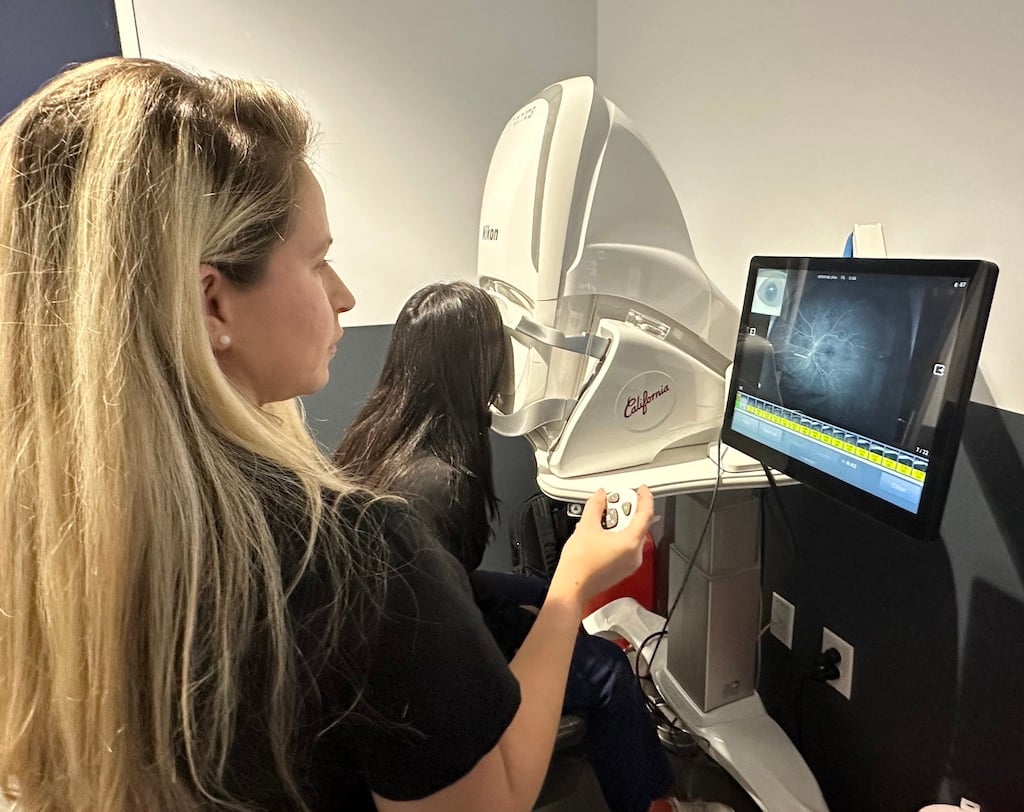Diabetic Retinopathy: The Leading Cause of Blindness in the United States

The rate of diabetic retinopathy has been increasing steadily over the past several years, and new research estimates that approximately 26 percent of those with diabetes develop this condition that could lead to permanent vision loss if left untreated.
The likelihood of developing diabetic retinopathy is greater the longer you live with diabetes. Multiple studies have also shown that Hispanics have a higher prevalence of diabetic retinopathy as they are 50 percent more likely to develop type 2 diabetes at a younger age.
What is diabetic retinopathy?
Diabetic retinopathy can occur when blood glucose levels are not properly managed and blood vessels in the retina become damaged and impair vision. It is a progressive eye disease that gradually worsens over time and is the leading cause of blindness in adults in the United States.
In addition to imbalanced glucose levels, high blood pressure is also thought to be a contributor to diabetic retinopathy.
Working with your primary care physician or endocrinologist to control your diabetes can help decrease the severity of diabetic retinopathy should you develop it.
What are the warning signs of diabetic retinopathy?
Patients may not experience any symptoms of diabetic retinopathy in its early stages.
As the disease progresses, common symptoms can include:
● Blurred vision
● Darkened vision or shadows appearing in your sight
● Spots, streaks, or floaters in your vision
● Vision loss
A dilated eye exam with our team of diabetic eye disease specialists is the most effective way to diagnose diabetic retinopathy and determine the severity of it. Annual eye exams can catch the disease before it progresses and help prevent permanent vision loss. You can read more on what to expect during a diabetic eye exam here.
How is diabetic retinopathy treated?
At Austin Retina, we treat diabetic retinopathy frequently in our clinics throughout Austin and Central Texas. The newest treatments that we offer to combat diabetic retinopathy and improve, and even restore, vision involve medications injected directly into the eye. These intravitreal injections are relatively painless and conveniently done in our offices. Laser photocoagulation can be performed in conjunction with the injections to cauterize leaking blood vessels and provide the best chance to prevent further vision loss.
Consult With a Retina Specialist in Austin Today
Austin Retina Associates treats a wide range of retinal conditions. Our experienced team of retina specialists in Austin are dedicated to improving your vision and quality of life.
Contact us at 800-252-8259, or request an appointment online at one of our retina treatment centers located in Austin and throughout Central Texas.
For the latest Austin Retina news, visit our blog or follow us on Facebook and Instagram.

